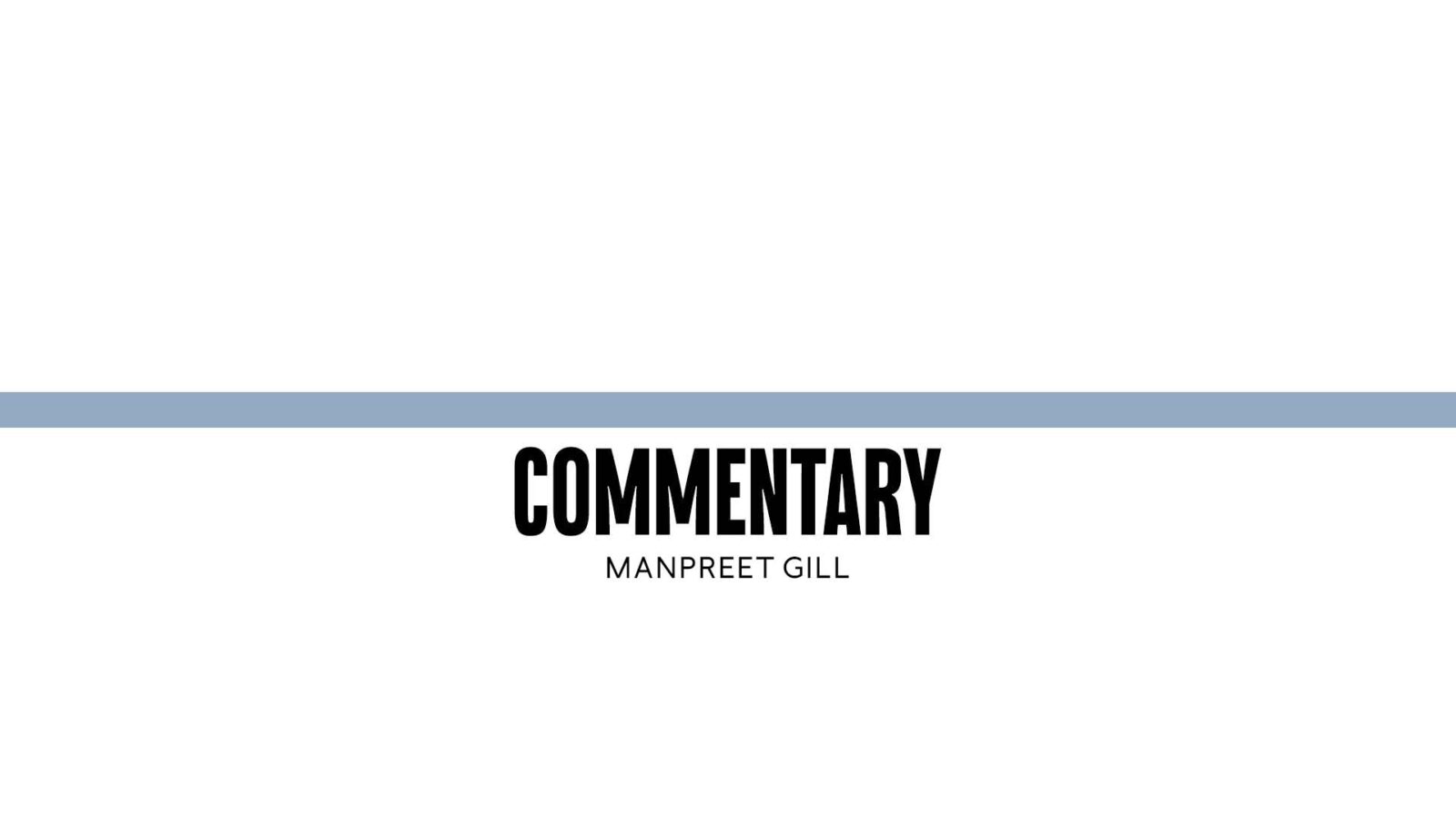The US credit ratings downgrade–should I worry?

Amid the US tariff-focussed headlines, one could be forgiven for missing the other key event in May—the downgrade of the US sovereign credit rating. This latest downgrade means that all three major rating agencies now rate the US lower than their highest possible rating.
Should this be a concern for us? There is an ongoing philosophical debate about whether US government bonds can still be considered a measure of the “risk-free” rate that forms the basis of the pricing of many assets across global financial markets. At a more practical level, though, we still believe that the more mundane drivers, such as the outlook for economic growth and inflation, are likely to dominate as drivers of bond yields.
Sovereign defaults are not new, but tend to cluster
In their book “This time is different,” Harvard professors Carmen Reinhart and Kenneth Rogoff looked at financial crises data over the past eight centuries, focusing particularly on instances of sovereign defaults. According to their research, this wide sweep of history throws up two insights particularly relevant to today’s situation.
First, sovereign defaults are surprisingly common through history. Second, seemingly unsustainable levels of debt can persist for an unusually long period of time. In fact, history shows that periods of credit stress tend to occur in clusters (sometimes around other key events such as major conflicts) with long periods of relative stability between them.
Lack of alternatives likely to support US bonds
While the case for and against holding US assets remains debatable, it is difficult to find a credible alternative to the US government bond market. It remains deep, allowing investors to hold large amounts of capital. More importantly, the US government bond market is highly liquid, which means even very large investors (such as central banks holding US dollar reserves, or pension funds) are able to access their investments easily. To quote Singapore’s monetary authority chief, Chia Der Juin, “US dollar-based assets are ‘irreplaceable’ with no credible alternative at this point.” This is likely to mean continued demand despite current ratings.
To put things in context, despite the downgrade, US sovereign bonds are rated only one notch below the highest possible rating grade, implying a still-negligible default risk.
Focus on growth and inflation
Putting all of this together, we continue to believe the more mundane fundamentals of growth and inflation are likely to dominate as drivers of US bond yields, more so than the ratings action on its own.
To this end, investors should then be considering the following two questions:
Are current bond yields attractive for investors to add exposure? We believe they are. Our expectation is for the 10-year US government bond yield to fall to a 4 percent to 4.25 percent range over the next six to 12 months under our base case scenario that the US economy achieves a soft landing. In our downside risk scenario of a recession, it is likely the 10-year yield will fall below 4 percent.
What are the key risks to US government bonds? In our view, the risk lies not in the ratings downgrade, but in inflation. A scenario where long-term inflation expectations persistently rise due to US tariffs would likely result in US bond yields moving sharply higher as investors start to price in a stagflationary outcome for the US economy. This remains a tail risk for now, given the slowing economy and job market are ultimately likely to bring down any temporary tariff-driven inflation.
Based on the above assessment, it is a good time to add US government and other Developed Market high-quality bonds. Yields are above our expected range for the next six to 12 months, and currently at the higher end of their recent range, making them attractively valued. However, we would hedge against any inflation tail risk via US inflation-protected bonds.
Manpreet Gill is chief investment officer for Africa, Middle East and Europe at Standard Chartered Bank’s Wealth Solutions unit.




















Uncovering the Marcos siblings’ conflict: A case study